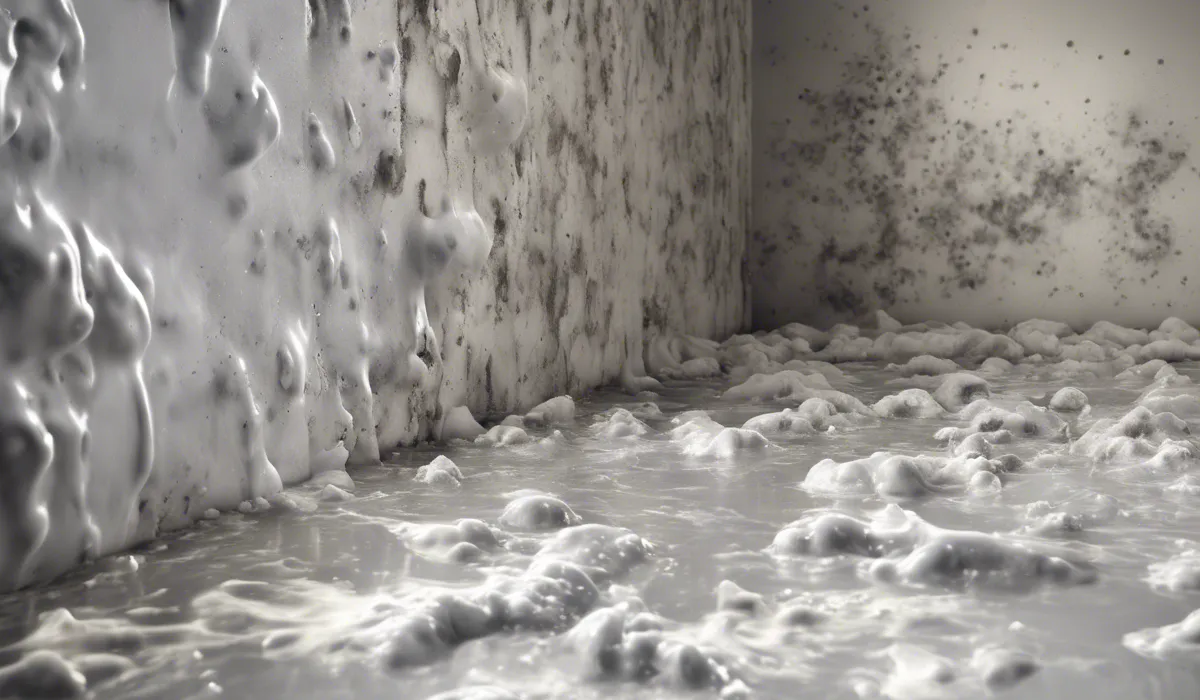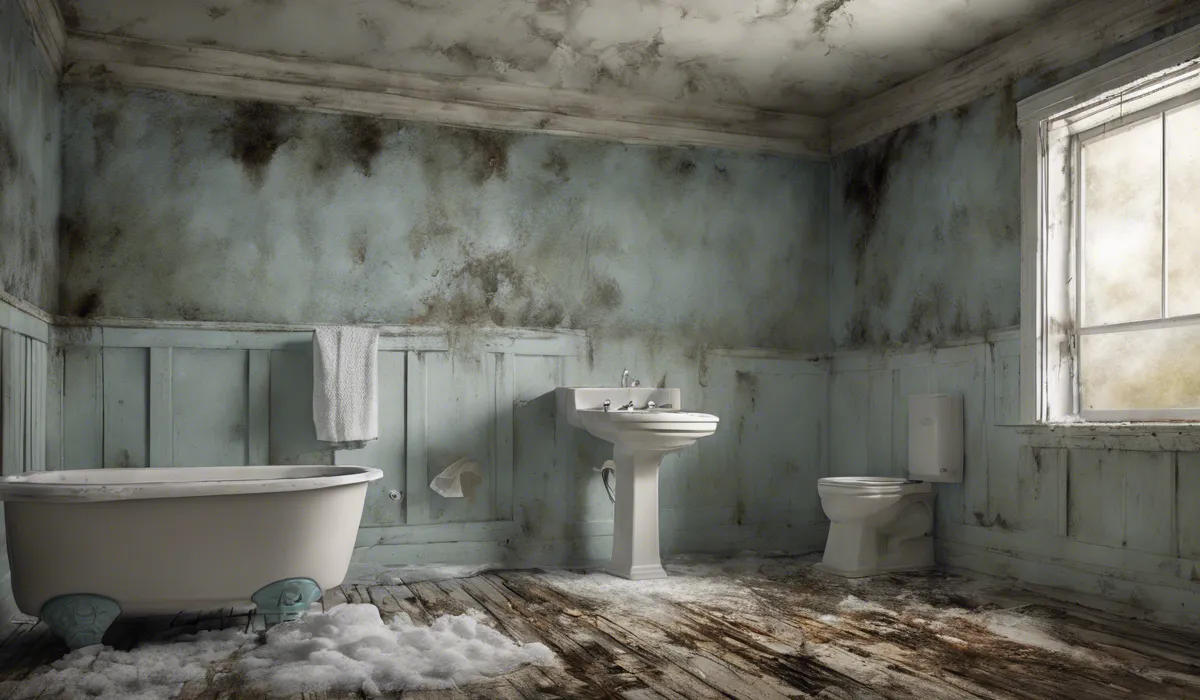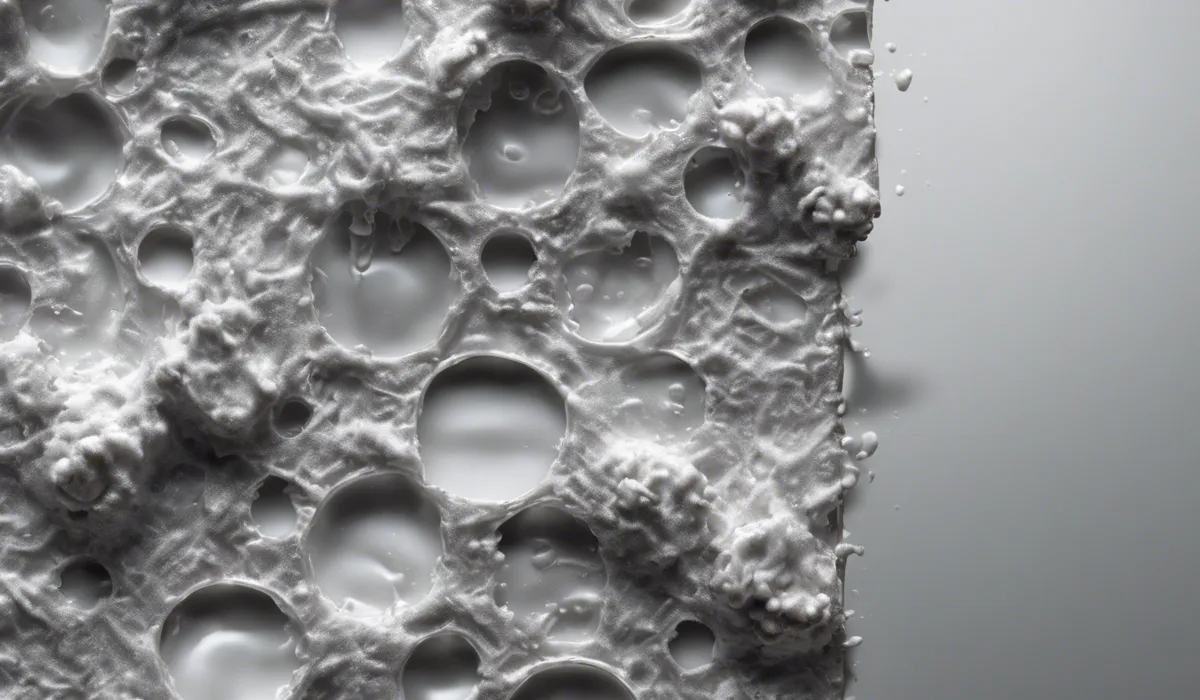Yes, you can cover mold with plastic temporarily to contain spores during removal. However, it’s not a permanent solution, as mold must be removed and the area disinfected to prevent health risks and further growth.
Understanding Mold and Risks of Covering It

Explanation of What Mold Is
Mold is a type of fungus that can grow indoors and outdoors, thriving in moist environments.
It reproduces by releasing tiny spores that travel through the air. When these spores land on a damp surface suitable for life, they begin to grow and spread.
Mold is not only unsightly but can also cause damage to your home and belongings.
Health Risks Associated with Mold Exposure
Exposure to mold can lead to various health issues, particularly for those with allergies, asthma, or compromised immune systems.
Common symptoms include coughing, sneezing, throat irritation, and in severe cases, lung infections. Long-term exposure may increase sensitivity, leading to more serious allergic reactions.
Myth vs. Reality: Can Mold Be Contained by Covering It with Plastic?
Some might think that covering mold with plastic can contain it, but this is a temporary measure at best.
Plastic can prevent mold spores from spreading during removal, but it does not address the mold’s root cause or remove the existing growth.
Short-Term vs. Long-Term Effects of Covering Mold with Plastic
In the short term, covering mold with plastic can be a part of the remediation process to prevent spores from dispersing.
However, in the long term, this method will not eradicate mold or prevent it from returning.
Continuous exposure to mold beneath the plastic can lead to structural damage and ongoing health risks.
Proper Mold Remediation Techniques

Steps for Identifying Mold in Your Home
Identifying mold involves looking for visible signs such as discoloration on walls, ceilings, or floors, and noticing musty odors.
Mold can often be found in damp areas like basements, bathrooms, and under sinks.
Professional Mold Assessment and Testing
If you suspect mold in your home, it’s wise to hire professionals to assess and test the area.
They have the tools and expertise to determine the mold type and the extent of the infestation.
Necessary Safety Gear and Precautions for Mold Removal
When removing mold, it’s crucial to wear appropriate safety gear such as gloves, goggles, and an N95 respirator.
Sealing off the affected area with plastic sheeting and tape can help contain spores.
Detailed Process of Mold Remediation
The process of mold remediation involves isolating the contaminated area, removing affected materials, cleaning with appropriate agents, and drying the area thoroughly.
All removed materials should be sealed in plastic bags before disposal.
Importance of Addressing the Source of Moisture
Mold remediation is incomplete without addressing the moisture source that allowed the mold to grow.
This might involve repairing leaks, improving ventilation, or using dehumidifiers.
Alternatives to Covering Mold with Plastic

Preventative Measures to Avoid Mold Growth
Preventing mold starts with controlling humidity levels, ensuring proper ventilation, and quickly addressing any water damage. Regular cleaning and maintenance can also help keep mold at bay.
Tips for Reducing Humidity and Moisture in Your Home
Using dehumidifiers, exhaust fans, and opening windows can help reduce indoor humidity.
Fixing leaks and ensuring that your home’s exterior properly diverts water away from the foundation are also critical steps.
Natural and Chemical Methods for Mold Prevention and Removal
Natural methods like vinegar or baking soda can help prevent and remove mold for minor issues.
For more severe cases, chemical mold removers may be necessary. Always follow instructions carefully when using chemicals.
When to Call in Professional Mold Remediation Services?
If mold covers a large area or you’re dealing with toxic black mold, it’s crucial to call in professionals. They have the equipment and expertise to safely and effectively remove the mold.
FAQs About Covering Mold with Plastic
Can you temporarily cover mold with plastic during removal?
Yes, you can temporarily cover mold with plastic to contain spores during the removal process.
Is covering mold with plastic a permanent solution?
No, covering mold with plastic is not a permanent solution; mold needs to be fully removed and the area disinfected.
What is the purpose of covering mold with plastic?
The purpose of covering mold with plastic is to contain mold spores and prevent them from spreading during removal.
Can covering mold with plastic prevent health risks?
Covering mold with plastic can help minimize exposure to spores during removal, but it does not eliminate health risks associated with mold.
What should be done after mold is covered with plastic for removal?
After mold is covered with plastic, it must be carefully removed, and the affected area should be cleaned and disinfected to prevent future growth.
Final Thoughts
Temporarily covering mold with plastic is an effective method to contain spores during the removal process. However, this is not a long-term solution.
To ensure safety and prevent further mold growth, it is essential to thoroughly remove the mold and disinfect the affected area.
